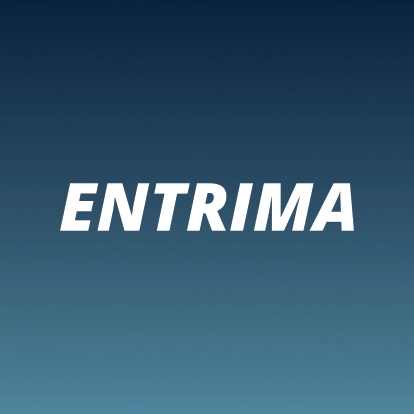A rational market participant should be indifferent to buy an asset now or in time. Pricing of products should be accordingly, including commodities and financial instruments. Therefore, the forward or future price should equal the spot price plus the cost of carrying the underlying asset forward in time.
Price future = Price spot + cost of carry
The cost of carrying a security (like a bond or stock) forward in time are the cost of capital minus the financial compensation (like the coupon or dividend payment).
Unlike financial instruments, commodities do not face any financial compensation, but require physical handling, including storage. As a consequence, the cost of carrying a commodity forward in time are the sum of the cost of storage, the cost of insurance of the cost of capital.
- StorageThe cost of storage is one of the cost of carrying an asset forward in time. For financial assets this is not very relevant, because these do not have to be stored physicality, or neglectable cost are involved, whereas storage of commodities involves a cost. This leads to a cash outflow.Coal can be stored in open air, in stock piles, which is relatively cheap. Lots of soft commodities, however, are stored in silos, which require an investment. The financial consequences for liquids and gases are typically even more significant. Moreover, the cost of storing gas is relatively high compared to storing crude and refinery products. Even worse, electricity has always been unable to be stored in large portions in an economic viable way, though this is changing now somewhat.
- InsuranceInsurance raises the cost of carrying an asset forward in time. A market participant holding commodities in storage usually buys insurance against adverse events. This leads to a cash outflow.Please note that insurance is usually not applied to storing equity and interest-linked products. Shares and bonds are not stored, or at least it does not take much space. If stored at all, it is considered at a relatively neglectable cost.
- InterestInterest raises the future or forward price of an asset. The financial compensation for borrowing and lending money concerns a cost of carry. By spending money now to buy an asset yet, instead of buying a term contract which requires future delivery, one has to either borrow money or withdraw it from the bank account. In case of borrowing money, the cost of capital concerns a cash outflow, while in case of taking money from the bank account an opportunity loss is involved.All-in-all, option prices are based on the future price of this underlying value. In general, the higher the interest rate, the higher the future or forward price. A higher term price will lead to a higher value of call options and a lower value of put options, and vice versa.
- PaymentsShareholders are paid dividend and bond holders are provided with coupon payments. Commodities do not yield anything, unlike equity and bonds. A dividend or coupon payment lowers the cost of carrying an asset forward in time. After all, the holder of the security faces a cash inflow. However, if, on the contrary, an asset is held indirectly (with delivery in time), via a forward or futures contract, economically, the market participant does not have the right to be paid dividend or interest yet. So, once a market participant does buy shares or bonds, then, he has the right to receive these cash flows, which lower the burden. As dividend pay-outs and coupon payments are cash inflows, they concern a negative cost of carrying an asset forward in time.In general, cash inflows, as a result of receiving payments, lower the forward price of the underlying value. Consequently, the value of call options decreases and the value of put options increases.
